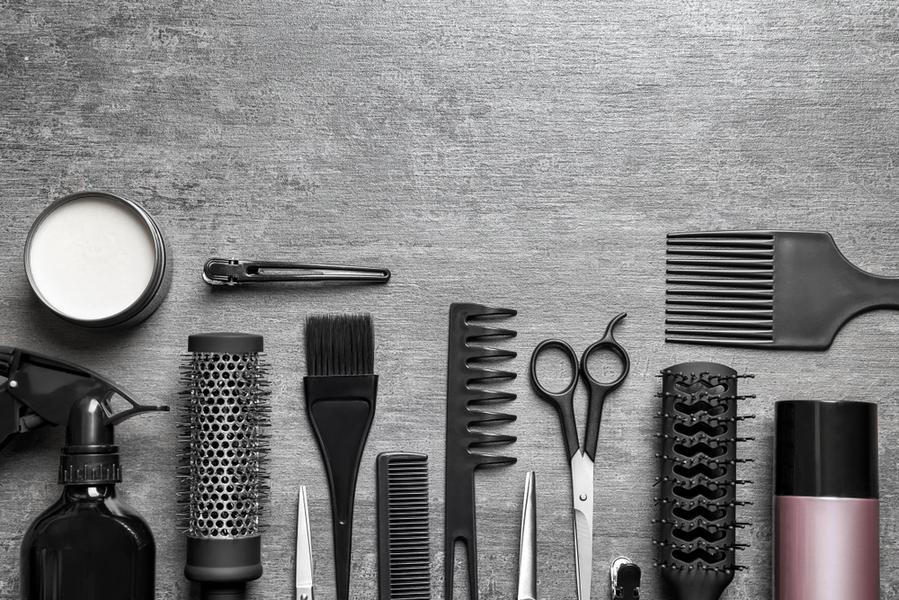How to Use a Curling Iron for Long-Lasting Hairstyles
A curling iron is a versatile tool that can create a wide range of hairstyles, from loose waves to defined curls. Learning the basics of how it works, selecting the right barrel and heat, and following safety and finishing steps will help you get consistent results. This guide explains practical techniques for different hair types, preparation and aftercare, and styling approaches that keep curls looking polished and long-lasting.

Curling iron: how it works and key features
A curling iron uses heat to reshape hair protein bonds temporarily, allowing strands to form curves and spirals. Key features to consider are barrel diameter, barrel material (ceramic, tourmaline, titanium), temperature control, and clamp style. Smaller barrels produce tighter curls while larger barrels give loose waves. Materials affect heat distribution and frizz control—ceramic and tourmaline emit more even heat and less static compared with bare metal. Modern tools often include digital controls and safety auto-shutoff for convenience.
Hair: preparing strands for curl styling
Proper preparation helps curls last and reduces heat damage. Start with clean, fully dry hair—damp hair is more vulnerable to breakage and yields uneven results. Apply a heat protectant spray or serum to shield cuticles and distribute it evenly from mid-lengths to ends. If your hair is very fine, use a light product to avoid weighing curls down; thicker hair benefits from a slightly richer thermal protectant. Section hair into manageable parts and detangle with a wide-tooth comb for smooth wrapping around the barrel.
Hairstyle: choosing barrel size and curl shape
Barrel size determines the overall look. Use 0.5–1 inch barrels for tight ringlets and 1.25–2 inch barrels for natural waves and voluminous curls. Tapered or conical barrels can create mixed curl sizes in a single hairstyle. Think about where you want volume—curling roots inward or away from the face changes perceived shape. Also vary wrapping direction (toward or away from the face) for a more natural, textured finish. For layered hair, wrap shorter pieces separately to blend with longer curls.
Styling: techniques for different hair types
Technique and heat settings should match hair texture. Fine or chemically treated hair benefits from lower temperatures (250–300°F / 120–150°C) and shorter hold times, while coarse or resistant hair might need higher settings (300–380°F / 150–195°C) and slightly longer contact. Hold the iron vertically for bouncy curls or horizontally for spiral shapes. For beachy waves, alternate wrapping directions and leave the last inch of the hair out of the barrel. After releasing a curl, let it cool untouched in your hand for a few seconds to set the shape.
Beauty: finishing, maintenance, and safety tips
Finish styling with a light mist of flexible-hold hairspray or a texturizing spray to enhance longevity without stiffness. Finger-comb or use a wide-tooth comb to break up curls into the desired style; avoid brushing which causes frizz. Nighttime care—loose braids or a silk/satin pillowcase—helps maintain curls and reduces friction. Safety practices include using a heat mat, avoiding metal surfaces, checking the cord and plug for damage, and keeping the iron out of reach of children. Clean the barrel periodically according to the manufacturer’s instructions to remove product buildup.
This article summarizes practical, heat-based curling techniques and styling considerations for different hair types. Consistent results come from matching barrel size and temperature to your hair, preparing strands properly, and applying finishing steps that support durability and shine. When used correctly, a curling iron can be a reliable part of a beauty routine that delivers a variety of timeless hairstyles.





